Nature is breathtakingly beautiful, but it’s not all sunsets and peaceful hikes. Sometimes, Mother Nature reminds us just how wild she can be. From unexpected encounters to terrifying close calls, these stories about wild animal attacks will make you think twice before stepping into the great outdoors.
1. When Bambi Bites Back
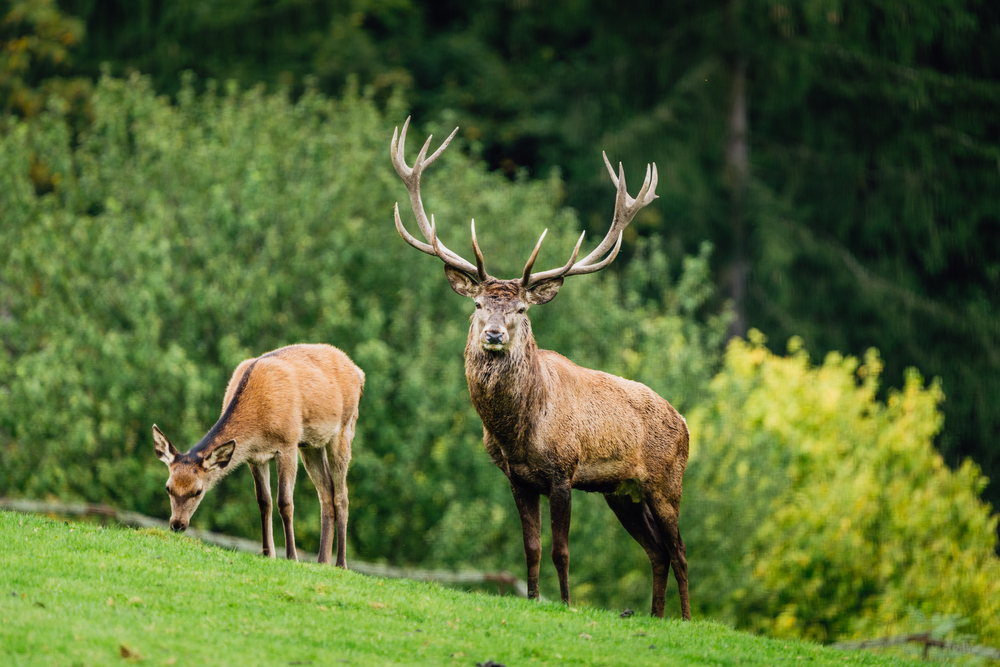
You might think of deer as gentle forest dwellers, but don’t be fooled—these creatures can pack a punch, or rather, a kick. In one startling episode, a hiker learned the hard way that you should never approach a deer during rutting season. The seemingly serene animal charged at him unexpectedly, sending him tumbling down a hiking trail. While the hiker escaped with minor injuries, the encounter served as a vivid reminder that wild animals are not to be underestimated, no matter how benign they appear. According to the British Deer Society, during the rutting season, it’s advised to maintain a distance of at least 100 yards from rutting deer to ensure safety.
This isn’t just a one-off event, either. Deer attacks are surprisingly common, especially in areas where humans and wildlife frequently cross paths. The best advice? Admire them from a distance and give them plenty of room to move. After all, no Instagram photo is worth a hoof to the face. Plus, respecting their space is a win-win: it keeps you safe and ensures these majestic creatures aren’t disturbed.
2. The Not-So-Cuddly Koala
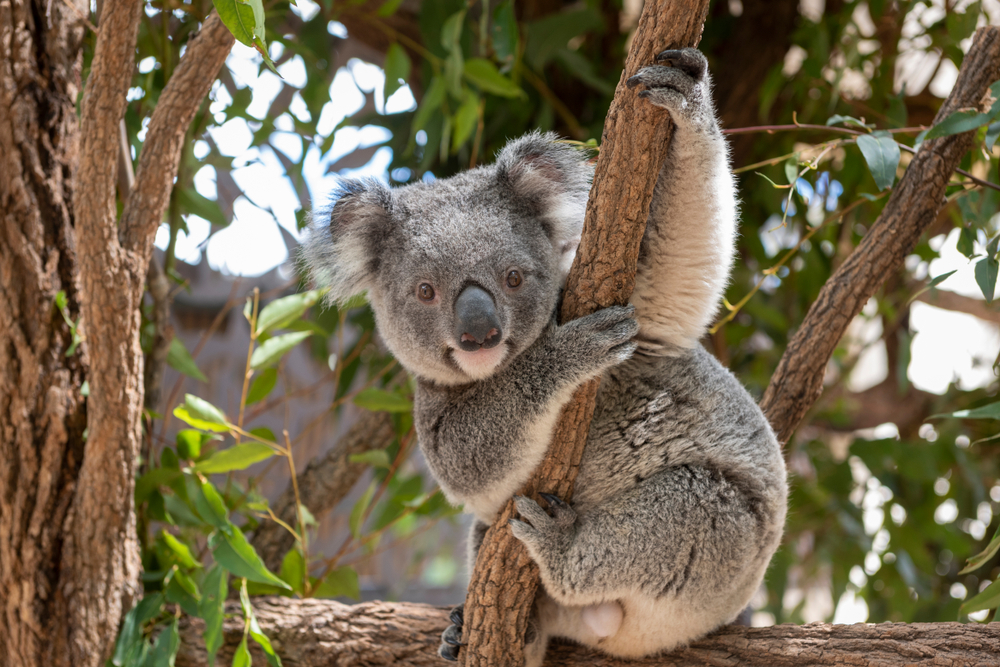
Koalas are often seen as Australia’s cute and cuddly ambassadors, but these eucalyptus-munching marsupials have a feisty side. One unsuspecting tourist found this out firsthand when a curious koala decided to latch onto her leg during a visit to a wildlife park. Initially, it seemed playful, but when the koala’s claws sunk deeper, it quickly turned into a harrowing experience. The woman was left shaken and with a few scars, but she gained an unforgettable story to share at dinner parties. According to Berry Patch Farm, while koala attacks on humans are rare, they can occur if the animal feels threatened.
It’s important to remember that even the fluffiest animals are still wild at heart. Koalas, like many creatures, can become aggressive when they feel threatened or cornered. Wherever you travel, a good rule of thumb is to enjoy wildlife from afar. It ensures your safety and prevents animals from experiencing stress or potential harm. Plus, you can still capture great photos without putting yourself—or them—at risk.
3. Polar Plunge With A Twist
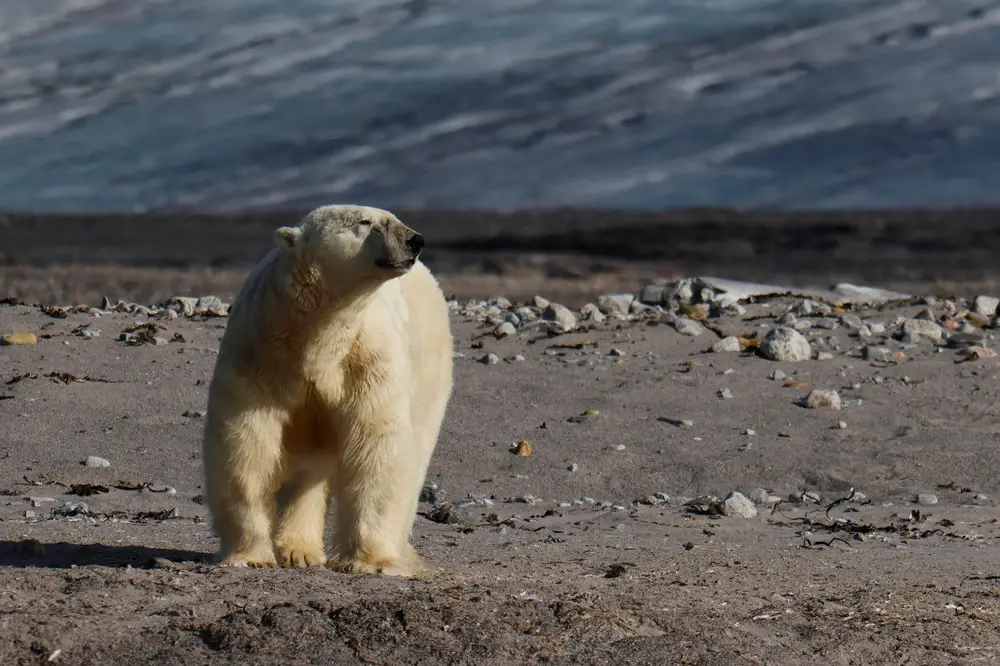
Swimming in icy waters might sound invigorating, but it’s not a solo activity when polar bears are involved. A group of thrill-seeking adventurers learned this lesson after their chilly dip near the Arctic Circle was interrupted by the unintended company of a hungry polar bear. As the bear emerged, the swimmers scrambled to safety on their nearby boat. Fortunately, their quick reaction—aided by the shouts of a vigilant guide—averted what could have been a dire situation.
Polar bears are apex predators with no natural enemies in the wild, except humans. Their habitat overlaps increasingly with human activities, especially as climate change impacts their icy homes. If Arctic adventures are on your bucket list, make sure to prioritize safety and consult with local experts. Always keep an eye on the horizon, and remember that in the wild, you’re visiting their home, not the other way around.
4. Beware Of The Peacock’s Pride
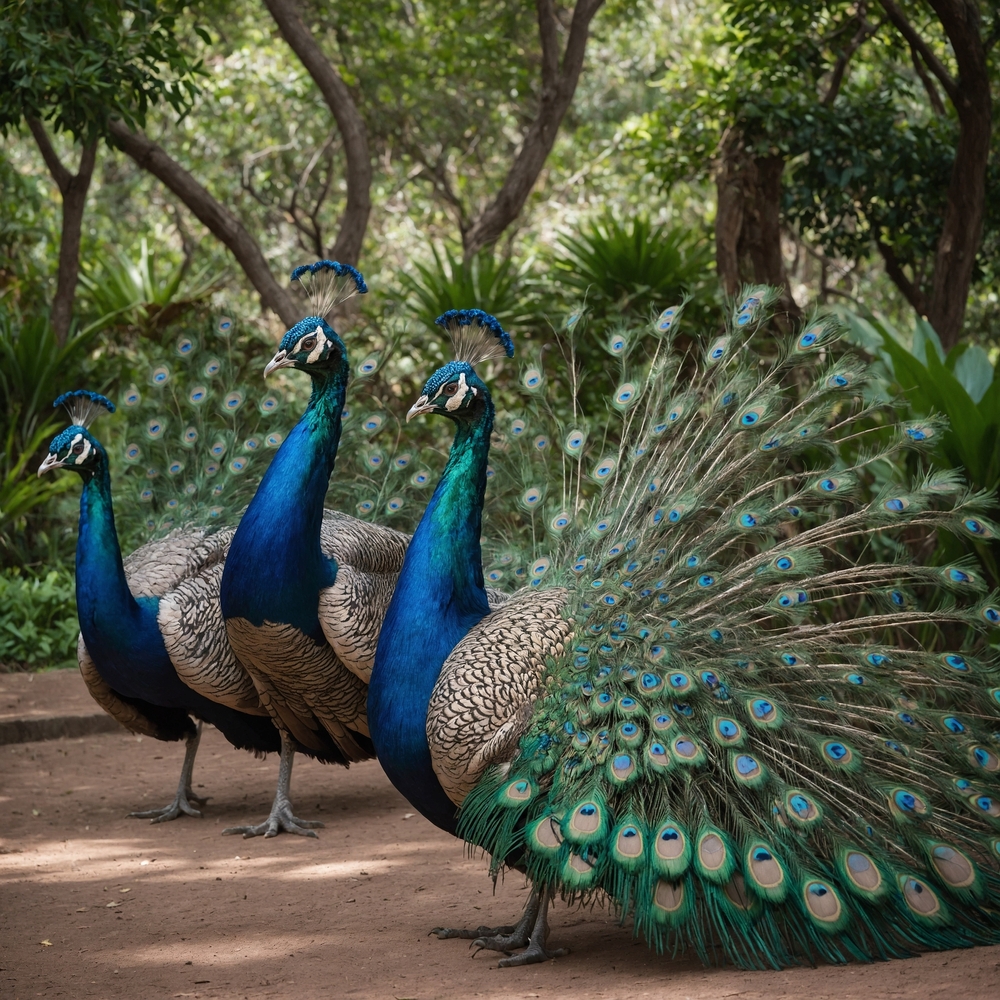
Peacocks are often admired for their vibrant plumage, but their beauty comes with a side of attitude. During a visit to an ornate garden, one unsuspecting visitor learned just how territorial these birds can be. As she attempted to snap a photo, a male peacock spread its feathers and lunged, pecking and flapping its wings aggressively. It was a startling reminder that these feathered beauties are more than just decorations; they’re living creatures with instincts to protect their turf.
While peacocks usually reserve their aggression for rivals during mating season, their territorial nature can extend to humans who get too close. It’s essential to respect the personal space of all animals, not just the obviously dangerous ones. Admire their beauty from a distance, and let them strut their stuff without interference. Remember, that perfect photo isn’t worth a beak battle with a peacock.
5. Zebras Aren’t Just Striped Horses
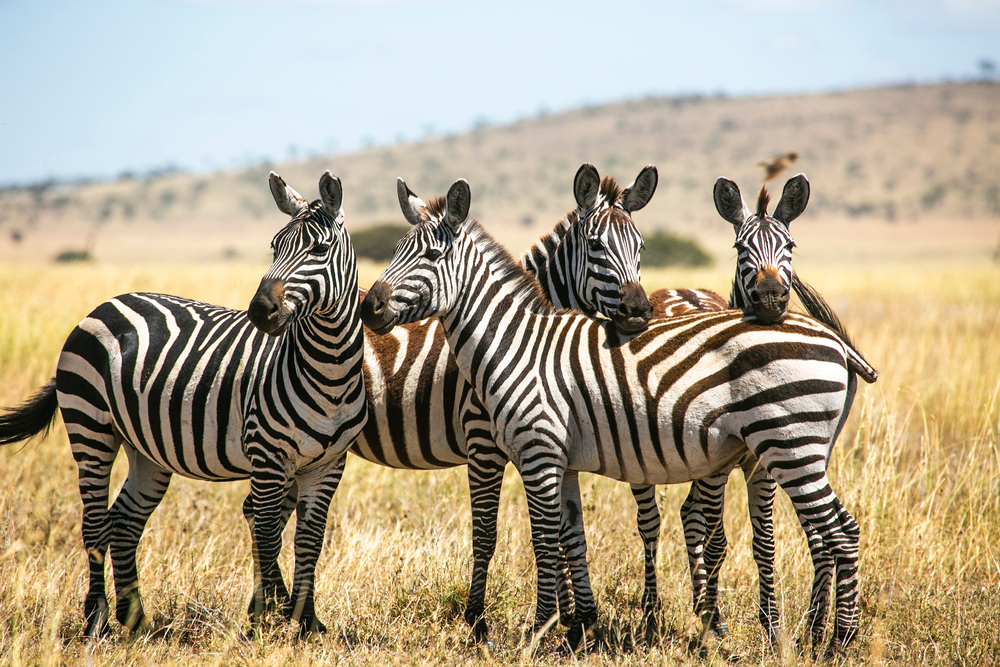
Zebras might look like horses with funky pajamas, but they have a wild streak that can catch you off guard. During a safari, one enthusiast got a little too close to a zebra herd, thinking they were as docile as the average pony. To his surprise, one zebra charged, delivering a swift kick that sent him stumbling. He learned that day that zebras, with their strong social bonds and instincts, are not to be approached lightly.
While zebras are known for their stunning stripes, those stripes aren’t just for show. They serve as a means of communication and camouflage, and the animals are fiercely defensive of their territory and herd. Safaris offer incredible opportunities to witness wildlife, but they come with the responsibility of respecting boundaries. Stay in designated areas and always follow the guidance of experienced rangers.
6. Raccoons: The Bandits Of The Backyard
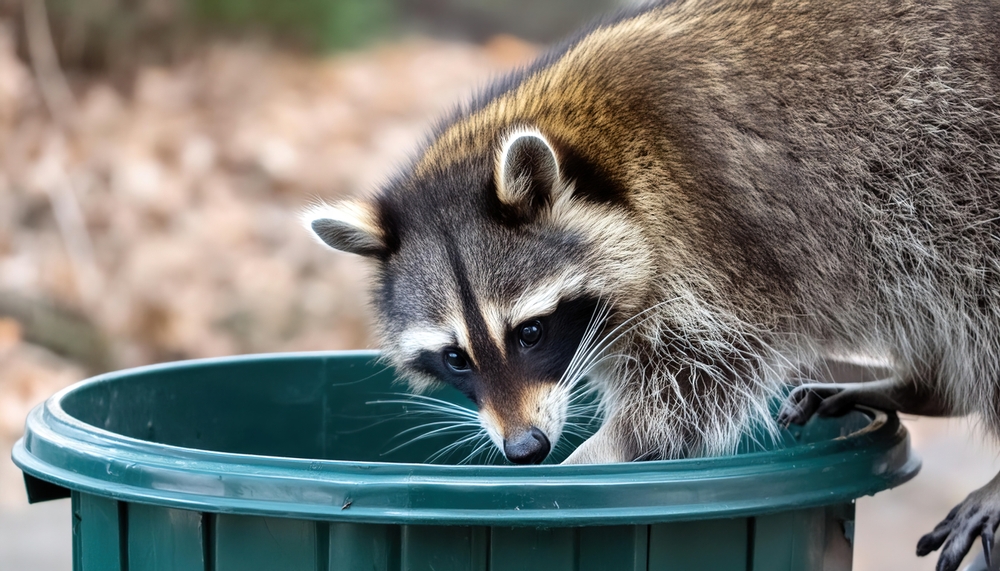
Raccoons are often seen as the masked bandits of the animal kingdom, and for good reason. One suburban homeowner found this out when she encountered a raccoon rummaging through her trash. Thinking it was harmless, she tried to shoo it away, only to be met with hissing and a flurry of claws. The raccoon was merely defending its newfound feast, but the incident left her with a newfound respect for these clever critters.
Despite their reputation as nuisances, raccoons are incredibly adaptable and intelligent animals. They’re opportunistic feeders, meaning they’re drawn to easily accessible food sources like trash cans and pet food. To avoid unwanted encounters, secure your garbage and eliminate food sources that might attract them. This not only prevents conflicts but also helps maintain a healthy balance between urban environments and wildlife.
7. The Unexpected Ferocity Of Wild Turkeys
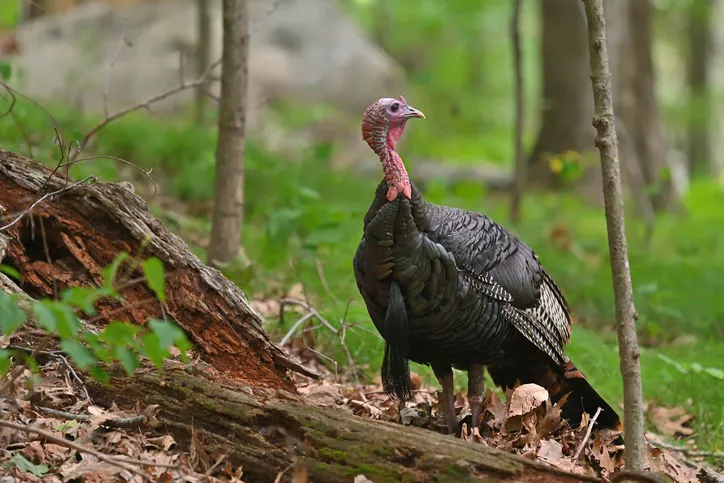
Wild turkeys might seem more at home on a Thanksgiving platter than in a showdown, but they’re not to be underestimated. One jogger learned this lesson when she found herself pursued by a flock of territorial turkeys. What began as a peaceful morning run turned into a scene from a Hitchcock movie, with the turkeys relentlessly flapping and pecking. Though unharmed, the jogger’s heart raced faster than her feet as she sprinted to safety.
Wild turkeys are known for their elaborate mating displays, which can include aggression, especially during breeding season. While they generally shy away from humans, getting too close to their territory or nests can provoke a defensive response. If you encounter these feathered foes, maintain a respectful distance and avoid making sudden movements. Remember, they’re not just oversized chickens; they’re wild animals with instincts and boundaries to respect.
8. Sly Foxes And Their Sneaky Antics

Foxes are known for their cunning, and one camper discovered just how crafty they can be during a weekend getaway. Leaving a cooler unattended seemed harmless enough, but a sly fox saw it as an open invitation. The camper returned to find snacks scattered and a fox nonchalantly retreating to the woods, clearly having enjoyed the unplanned feast. It was a lesson in vigilance, reminding everyone that even small predators can make a big mess.
Foxes have adapted well to living alongside humans, often venturing into residential areas in search of food. They might look like adorable woodland creatures, but their sharp instincts make them excellent scavengers. To avoid feeding the foxes—literally and figuratively—keep your campsite tidy and store food securely. Not only does this protect your snacks, but it also helps discourage wildlife from becoming dependent on human food sources.
9. The Moose That Wasn’t Amused
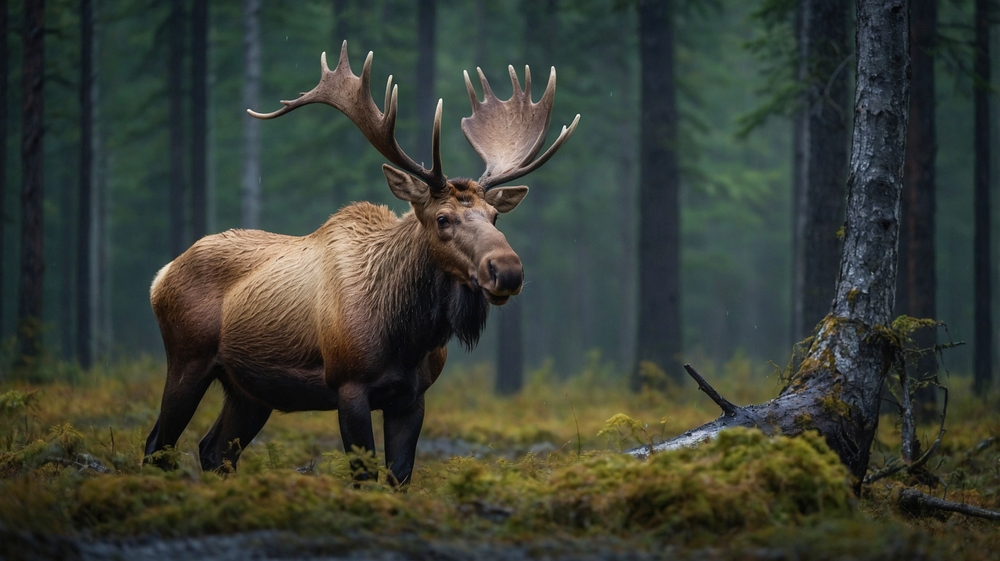
Moose are majestic creatures, but their size and strength make them formidable opponents if provoked. One photographer found this out when attempting to capture a close-up shot of a bull moose. The moose, unimpressed by the intrusion, charged with surprising speed, forcing the photographer to retreat swiftly. It was a clear message: respect their space, or face the consequences.
Moose are typically docile but can become aggressive when they feel threatened or during mating season. They’re especially protective of their calves and their territory. If you’re lucky enough to spot one in the wild, enjoy the sight from a safe distance. Remember, these gentle giants have a powerful kick and aren’t afraid to use it if they perceive a threat.
10. Not So Friendly Dolphins
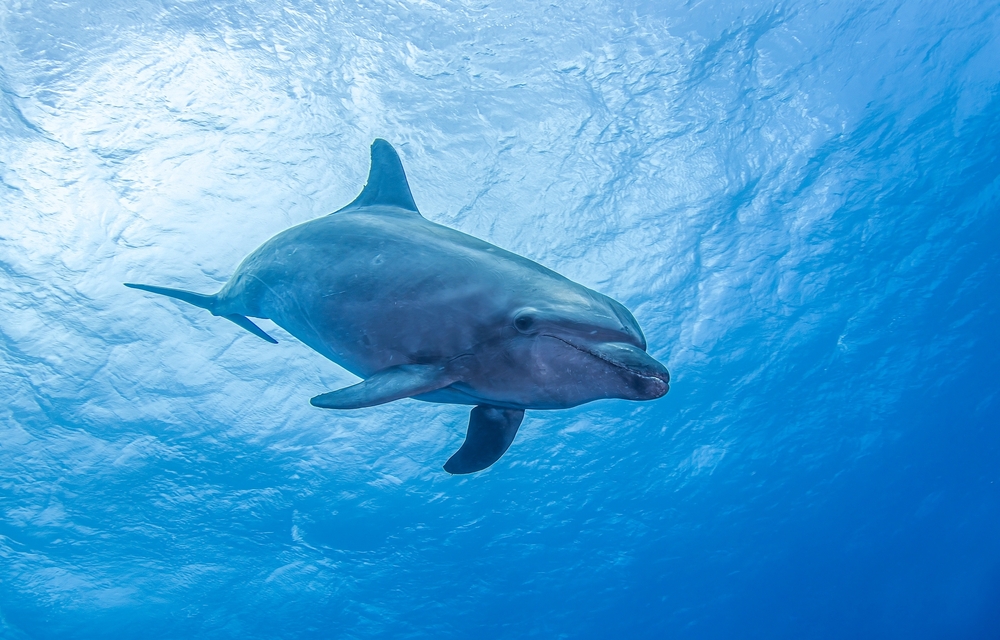
Dolphins are often portrayed as friendly and playful, which can make it easy to forget they’re predators. During a snorkeling trip, one diver experienced the surprising side of these aquatic mammals. While watching a pod from a distance, a dolphin suddenly became aggressive, nipping at the diver’s fins and causing a quick retreat to the boat. It was a wake-up call that even dolphins have their limits.
While dolphins are intelligent and social creatures, they can exhibit territorial behavior, especially when humans get too close. It’s critical to respect their space in the wild and avoid actions that might be perceived as threatening. Admire them from afar and avoid pursuing or cornering them. This ensures a safe and enjoyable experience for both you and the dolphins.
11. Seagulls: The Beach’s Feathered Thieves

Seagulls might seem like harmless beachgoers, but leave your snacks unattended, and you’ll see their true colors. On a sunny day at the beach, one family found out the hard way when a flock swooped down on their picnic. In a flurry of feathers and flapping, the seagulls made off with sandwiches and chips, leaving the family bewildered and snackless. While it might seem amusing in hindsight, it highlighted the importance of securing your belongings when seagulls are around.
These birds are notorious for their boldness and have adapted remarkably well to coastal human environments. While feeding seagulls might seem harmless, it can lead to aggressive behavior and dependency on human food. To coexist peacefully, keep your food covered and resist the temptation to feed them. This helps maintain their natural foraging behavior and ensures a pleasant beach experience for everyone.
12. The Unexpected Chomp Of A Snapping Turtle
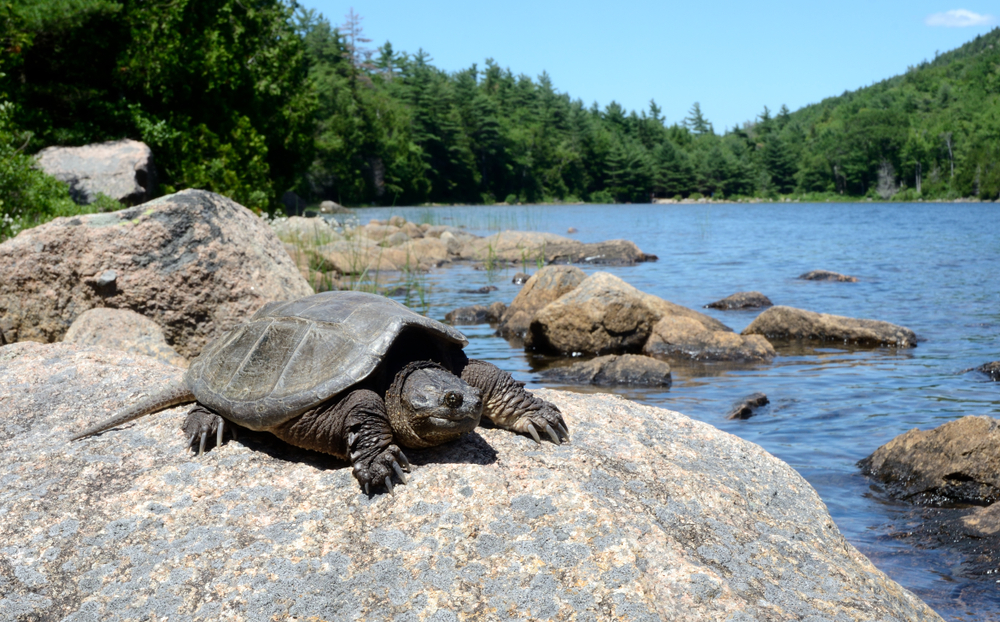
Snapping turtles might not be the most agile creatures, but their bite is legendary. A curious kayaker learned this the hard way when a submerged turtle mistook her paddle for a snack. With a powerful snap, the turtle latched onto the paddle, startling the kayaker and leaving her grateful it wasn’t her fingers. It served as a reminder that even the slowest animals can surprise you with their speed and strength.
Snapping turtles are generally not aggressive unless provoked or cornered. When exploring waterways, it’s essential to respect their space and avoid disturbing their habitat. Keep a safe distance, and remember that waterways are shared spaces for both humans and wildlife. This ensures a safe and enjoyable experience for everyone involved, including the turtles.
13. The Unseen Sting Of The Jellyfish

Beach-goers often fear sharks, but it’s the jellyfish that can deliver a painful surprise. While swimming in tropical waters, one vacationer found herself suddenly stung by a nearly invisible jellyfish. The sting was painful and unexpected, serving as a stark reminder that danger isn’t always visible. Fortunately, with quick first aid, she recovered, albeit with a newfound respect for the ocean’s hidden inhabitants.
Jellyfish stings can range from mild irritations to severe reactions, depending on the species and the individual’s sensitivity. When swimming in areas known for jellyfish, it’s wise to stay informed about local warnings and wear protective gear. If stung, seek medical attention if symptoms are severe. Awareness and preparation are key to enjoying the ocean safely, respecting the creatures that call it home.
14. The Mighty Swoop Of A Bald Eagle
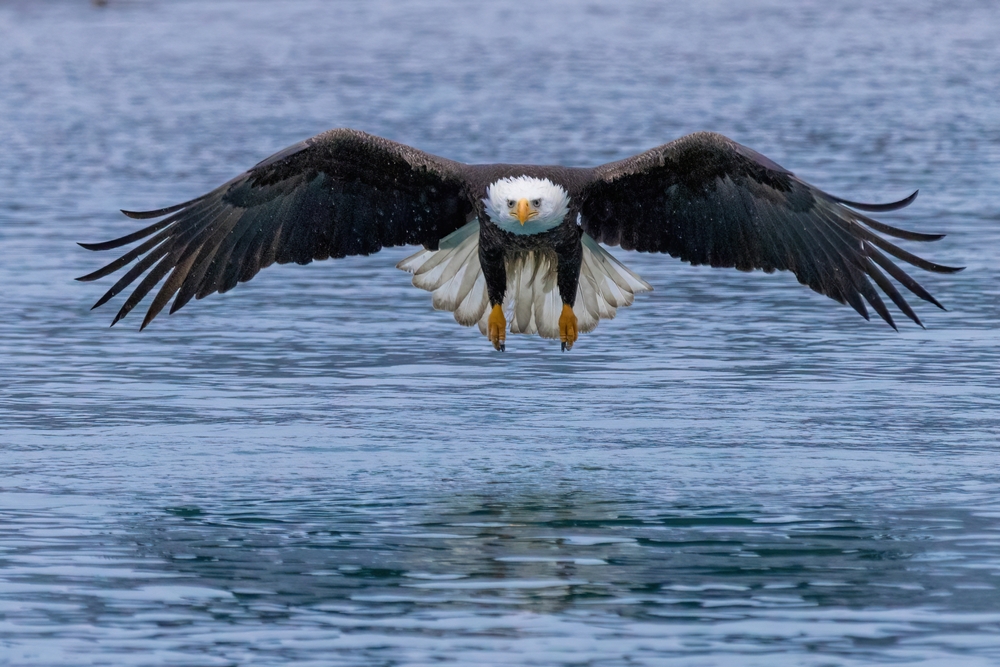
Bald eagles are symbols of freedom and power, but they’re also skilled hunters. One fisherman found this out when an eagle swooped down to snatch a fish right out of his hands. The encounter left him in awe of the bird’s agility and strength but also reminded him of the importance of respecting these magnificent predators. It was a breathtaking experience, though a little close for comfort.
While bald eagles are awe-inspiring, they are also protected species, and it’s illegal to disturb them. If you encounter them in the wild, keep your distance and avoid interfering with their hunting activities. Appreciate their beauty from afar, allowing them to thrive without human interference. Remember, the best encounters with wildlife are those that leave the animals undisturbed and free.
15. When Honey Badgers Live Up To The Hype
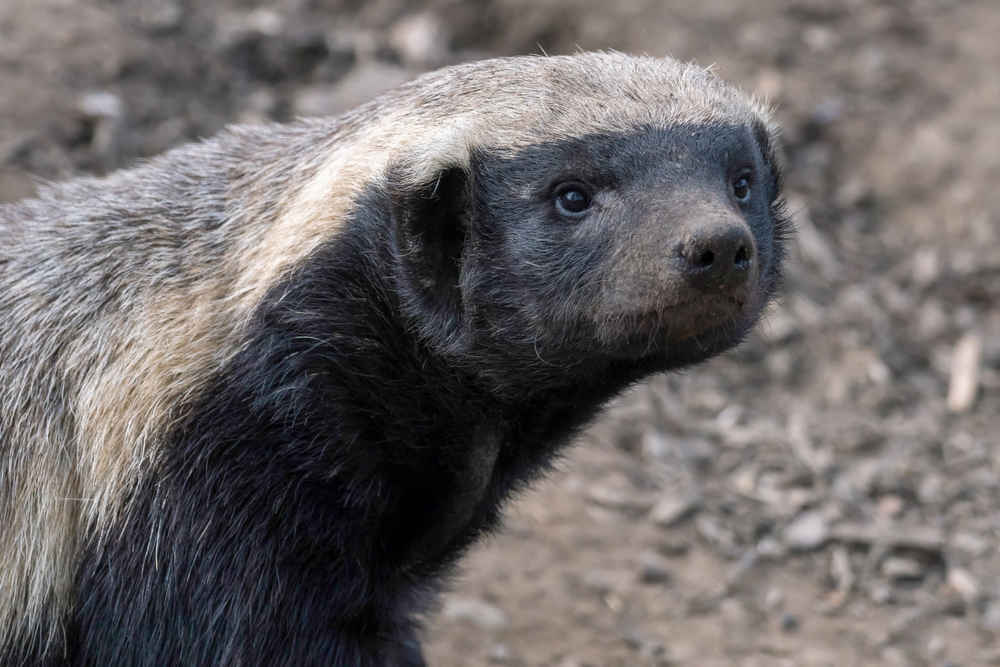
Honey badgers have a reputation for being fearless, and for good reason. During a safari, one group witnessed a honey badger face off against a much larger predator—a lion. The badger’s fearless attitude and defensive tactics left everyone in awe as it successfully warded off the big cat. It was a thrilling demonstration of the honey badger’s tenacity and a reminder that courage can come in small, unexpected packages.
While honey badgers might be fascinating to watch, they are wild animals and can be aggressive if threatened. Observing them from a safe distance ensures both your safety and theirs. Wildlife encounters like these highlight the diversity and resilience of nature. They remind us of the importance of respecting all creatures, regardless of size, and marveling at the natural world from a respectful distance.
